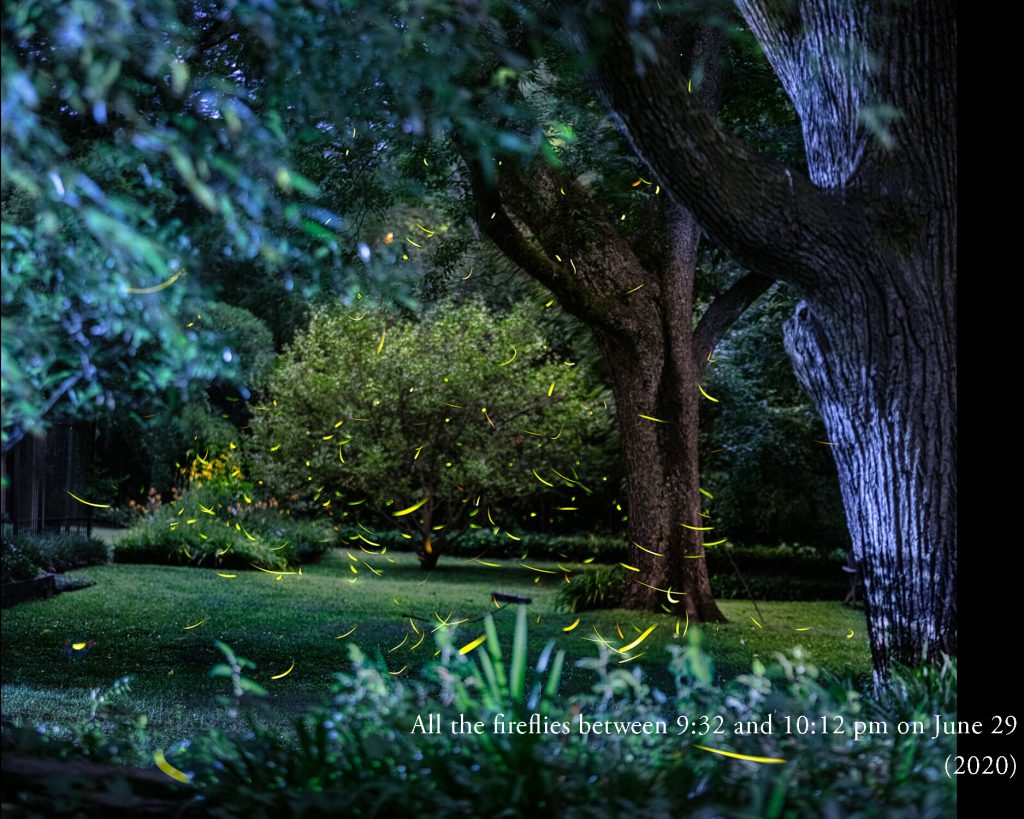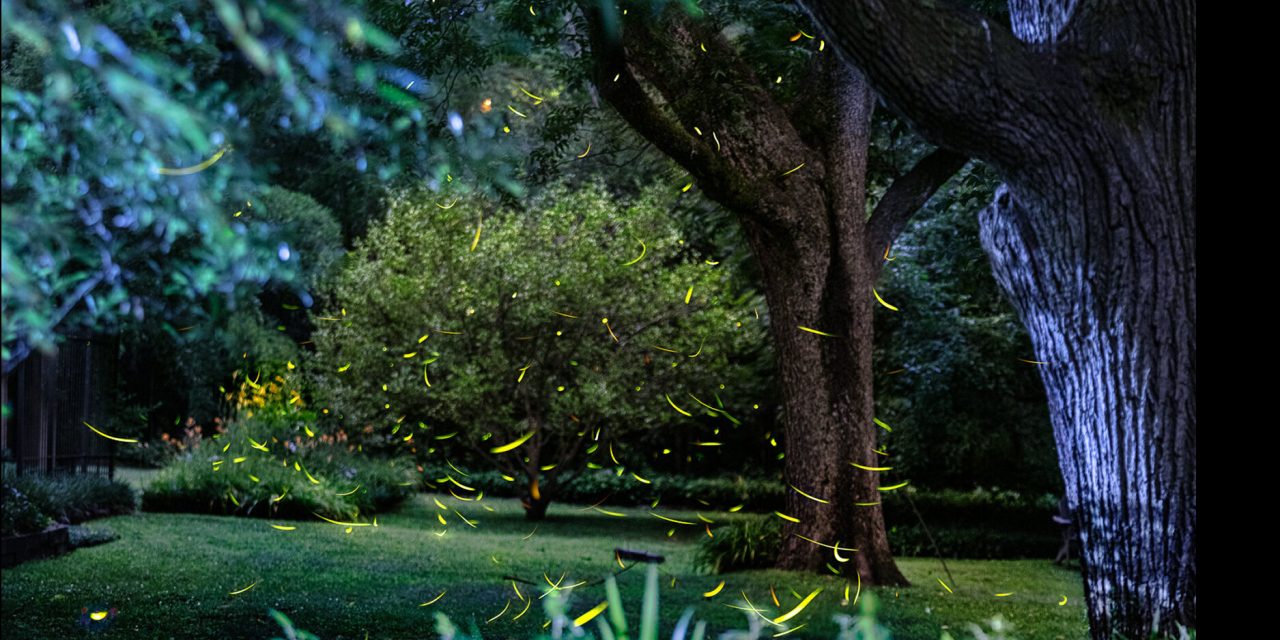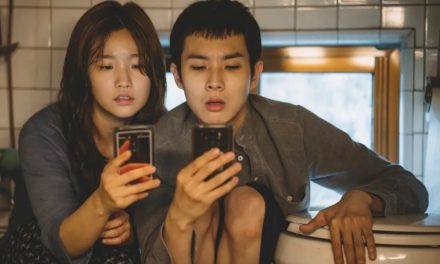“Talking to Joel is like walking into a huge 19th-century mansion,” Associate Professor of Film and Media Jason Francisco noted during his introduction of Film and Media Instructor Joel Silverman. “You keep discovering there are more and more rooms there.”
Silverman spoke to an intimate zoom group composed of Emory students, close friends and his parents on Feb. 22 as part of a series of visiting photographers sponsored by the Film and Media Department and Arts at Emory, offering candid insight into his career and art practice as a photographer and advice to graduating Emory students.
Silverman began his lecture with a pleasant if, in his own words, “not particularly dramatic” autobiography; tracing his career path from lawyer to environmental activist to advertising guru, before opening up about his art practice in a radically sincere way.
A deep love of photography was born out of Silverman’s work as an environmental activist. Using his father’s camera to document drain pipes used for illegal wastewater dumping by corporations, Silverman’s first exposure to photography was as a practical means of gathering evidence so that he could sue the offending corporations. While he found this work fulfilling and important, the sisyphean task of suing every unlawful corporation weighed on Silverman. Soon, he turned the camera away from the foul discharge, choosing instead to capture the beauty of the river he was working to protect as a means of preservation.
“There were enough people filing lawsuits to protect the planet, but there weren’t enough photographs being made of the quickly vanishing unspoiled land to remind us what we were fighting to save,” Silverman said, “and that was going to bring me joy in a way that the law doesn’t.”
Silverman maintains that he allowed himself to become a photographer before he allowed himself to become an artist. After quitting his job at the law firm, Silverman started his own advertising agency. A technical master, Silverman picked up high profile commissions for the Atlanta Botanical Garden, Dunkin’ and Kroger but he struggled with his new role as a brand ambassador: “I’ve never stopped wondering whether I’m making art or is it just commercial work designed to sell a brand? Is it art? Or just ‘artsy’?”
Feeling restrained by the demands of commissioned corporate photography, Silverman continued to develop his love affair with documenting nature. Silverman’s most characteristic works capture the beauty of nature, often through a combination of differently lit exposures while minimizing the presence of humans.

‘All the fireflies between 9:32 and 10:12 pm on June 29’ (2020). (Joel Silverman)
Silverman’s work is fantastical in its result and utopian in its conception. Shots like “All the fireflies between 9:32 and 10:12 pm on June 29 (2020)” offer a prelapsarian fantasy of an unspoiled paradise constructed from the manipulation of light while his cave scenes celebrate the few places on earth not yet exploited by man.
The utopian conception of these works is driven by a sinister force not immediately apparent in his charming images: a driving guilt brought on by his short career in law. “I saw some dark things,” Silverman recalled.
“I was organizing in North Georgia and I saw nooses in trees. … It was taking me in a place that I didn’t want to be in and, at the same time, I felt a responsibility to leave this world a better place than I found it and it seems to me that in expiation,” he said. “I have to sacrifice myself in some other ways.”
This sacrifice includes risking his personal safety. Silverman described an incident when his flashlight caught fire in his bag while he was exiting a narrow cave. In another instance, he developed hypothermia while swimming in a frigid underground lake, forcing him to rapidly exit the cave and temporarily abandon his accomplice who had fractured a vertebra in the difficult terrain.
“The secret to making great photographs is not about anything other than being willing to see,” Silverman noted. Indeed, Silverman demonstrates his willingness to see in his art and the risks to his career and physical safety which his art entails.
Speaking to Emory students who may be considering settling for a steady income instead of a dream, Silverman pleads: “No matter what you’re doing … I want you to know that passion … Don’t settle till you’ve found it.”
Unpretentiously modest, Silverman insists he is not “saving the world” with his photographs, but the foundation of his work is seeing things that other people don’t see, helping to preserve them from vanishing, if only through the permanence of his photographs.
Robert Fuhriman (22C) is from Berkeley, California, and is majoring in history and art history. His interests include architecture, visual arts and drinking Yerba Mate. Fuhriman is also interested in making abstract artistic ideas accessible to more people. Contact Fuhriman at robert.fuhriman@emory.edu.




